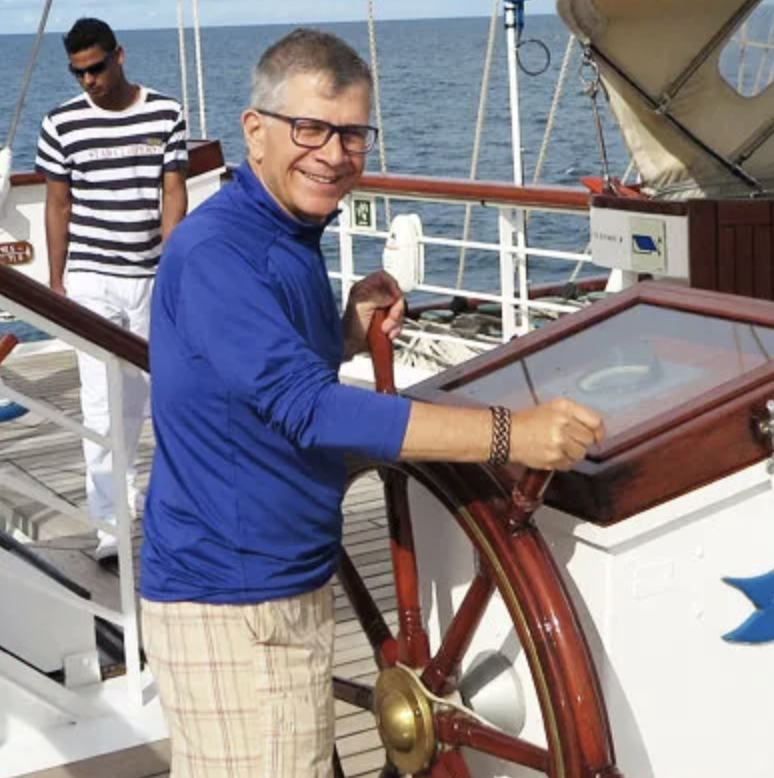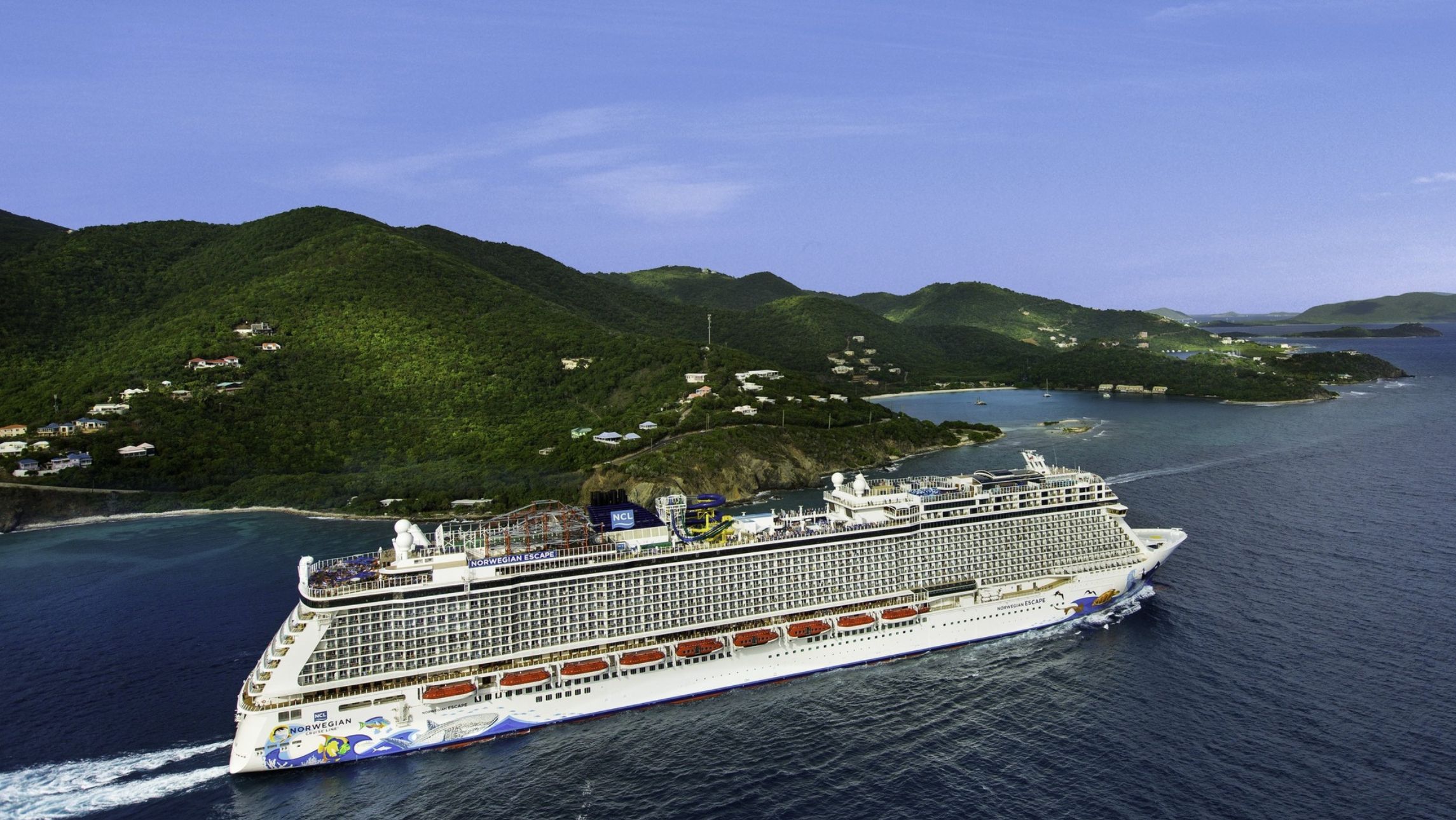From the Editor in Chief
Happy New Year to all our readers – and our thanks for standing by us at this extraordinary time.
If I were writing this from just about anywhere but Australia, 2021 would be a tremendous year of success for cruising. Ships returned to the US and Europe, and Asia continued its round of short itineraries with young families. Almost three million passengers experienced a cruise, and while there have been cases of COVID, the majority have been managed with little disruption.
However, there is one standout in what should be a celebration year. Holidays on foreign flagged vessels remain banned from every state in Australia until February at least – making us the last major nation in the world to continue to demonise cruising.
The Cruise Passenger team has spent two years reporting the plight of the cruise industry. It has been a sorry picture of poor political management that has decimated the livelihoods of thousands of Australians, and left the holidays of tens of thousands more in ruins.
Attempts by the cruise industry to “respectfully” engage health officials in a dialogue about the new health regimes aboard cruise ships have been met with indifference and stonewalling. As Cruise Passenger has exclusively reported, medically backed ideas and suggestions of a pathway forward haven’t even been considered. Top international health experts and the opinions of hundreds of travel business leaders have simply been ignored.
Yet pubs, clubs and race tracks continue to be fast tracked and prioritised. And, with the opening of flights to overseas destinations, Australians can now board a ship just about anywhere but in their own country. It just doesn’t make sense.
As we stand on the cusp of 2022, the future of Aussie cruising looks more frustrating than ever.
As NSW recorded a new record of 21,151 new cases of Covid-19 and Victoria also broke a record with 5,919 new infections, our Prime Minister and premiers relaxed the rules around quarantine and testing. New South Wales Premier Dominic Perrottet even told us the case numbers were just about leaning to live with COVID and its variants.
So it is a case of carry on travelling. Just don’t cruise.
Over in America, where ships have been sailing for six months and almost a million passengers have completed their journeys without incident, the powerful Center for Disease Control and Protection (CDC) has just put out a new warning on cruising, saying 86 ships are under observation because of cases on board.
The CDC’s website maintained: “The COVID-19 Travel Health Notice level has been updated from Level 3 to Level 4, the highest level. This reflects increases in cases onboard cruise ships since identification of the Omicron variant.”
The next stage for ships with outbreaks could involve taking additional public health measures.
Carnival Cruises, the world’s biggest operator, has 32 vessels on the CDC watch list, Royal Caribbean Cruises Ltd. operates 25 and Norwegian Cruise Line Holdings Ltd. operates 15. Walt Disney Co.’s Disney Cruise Line has four.
Cruise Lines International Association (CLIA) doesn’t agree with the CDC’s assessment.
A US statement said: “The decision by the CDC to raise the travel level for cruise is particularly perplexing considering that cases identified on cruise ships consistently make up a very slim minority of the total population onboard—far fewer than on land—and the majority of those cases are asymptomatic or mild in nature, posing little to no burden on medical resources onboard or onshore.
“No setting can be immune from this virus—however, it is also the case that cruise provides one of the highest levels of demonstrated mitigation against the virus. Cruise ships offer a highly controlled environment with science-backed measures, known testing and vaccination levels far above other venues or modes of transportation and travel, and significantly lower incidence rates than land.
“While we are disappointed and disagree with the decision to single out the cruise industry—an industry that continues to go above and beyond compared to other sectors—CLIA and our ocean-going cruise line members remain committed to working collaboratively with the CDC in the interest of public health and safety.
CLIA maintains that analysing the data shows that, even with higher rates of testing, the cruise industry continues to achieve significantly lower rates of occurrence of COVID-19—33 percent lower than land based tourism venues.
And the association adds that, according to the CDC’s color-coding system, a cruise ship may be determined to be “yellow” – and, therefore, subject to CDC observation – if a threshold of 0.10 percent or more passengers (i.e., 7 out of 6,500) have tested positive in the last seven days, or if even just one crew member tests positive.
CLIA’s statement adds:
- Cruise industry protocols are unique in their approach to effectively monitor, detect, and respond to potential cases of COVID-19.
- Protocols encompass the entirety of the cruise experience, incorporating testing, vaccination, screening, sanitation, mask-wearing and other science-backed measures.
- Many of our members have announced additional measures in response to the Omicron variant, including strengthening testing, masking and other requirements, as well as encouraging booster vaccine doses for those eligible.
- Over 100 cruise ships have returned to U.S. waters, carrying nearly more than one million people from a U.S. port since late June 2021.
- The cruise industry is the only industry in the U.S. travel and tourism sector that is requiring both vaccinations and testing for crew and guests.
- Vaccination rates onboard a cruise ship are upwards of 95 percent—significantly higher than the overall U.S. population which is hovering at 62 percent.
- In the U.S. alone, the cruise industry administers nearly 10 million tests per week—21x the rate of testing in the United States.
Royal Caribbean issued an update, maintaining the group that includes Royal Caribbean, Celebrity and Silversea carried 1.1 million guests since June 2021 – with 1,745 people testing positive, just 0.02%.
None of the line’s Omicron cases have been severe or needed to be taken to a hospital. Richard Fain, Chairman & CEO, said: “Omicron is having a big short-term impact on everyone, but many observers see this as a major step towards COVID-19 becoming endemic rather than epidemic.
“We don’t like to see even one case, but our experience is a fraction of the comparable statistics of virtually any other comparable location or industry. Few businesses are subject to such intense scrutiny, regulation, and disclosure requirements by so many authorities, and we welcome that scrutiny because of our commitment to safety.
“We intend to maintain our goal of delivering the safest vacation on land or sea and will constantly adjust our procedures to accomplish this even in the face of Omicron’s amazing transmissibility.”
So as we raise a glass to 2022, we let’s hope the cruise industry’s hard work on health protocols and successful resumptions in America, Europe and Asia doesn’t continue to be ignored in Australia.
This is an election year, and cruisers know how to make a point.
Rest assured, we’ll be ensuring that the political leaders of Australia know what you’re thinking.
And our toast at midnight will be: 2022 must be the year when governments see sense and allow Australia to cruise again.










Totally agree with the banning of mega ships. Princess should have invested in more ships in the 70,⁰00 _90,000 tonne range. It would give them a point of difference and I believe most Princess passengers prefer ships to be ships.
I’ve been enjoying cruising outside Australia, honestly don’t want it to return here. Much prefer spending my dollars overseas.
From a political point of view there is no difference between labour and liberal on the resumption of cruising. Do you really think any state government is going to open ports to cruise ships . Not before October 22 at the earliest.
It is political Morrision won’t be the next prime minister the cruise industry will vote him out plus all the cruise addicts dispise him so goodbye Morrison and then we might have a chance